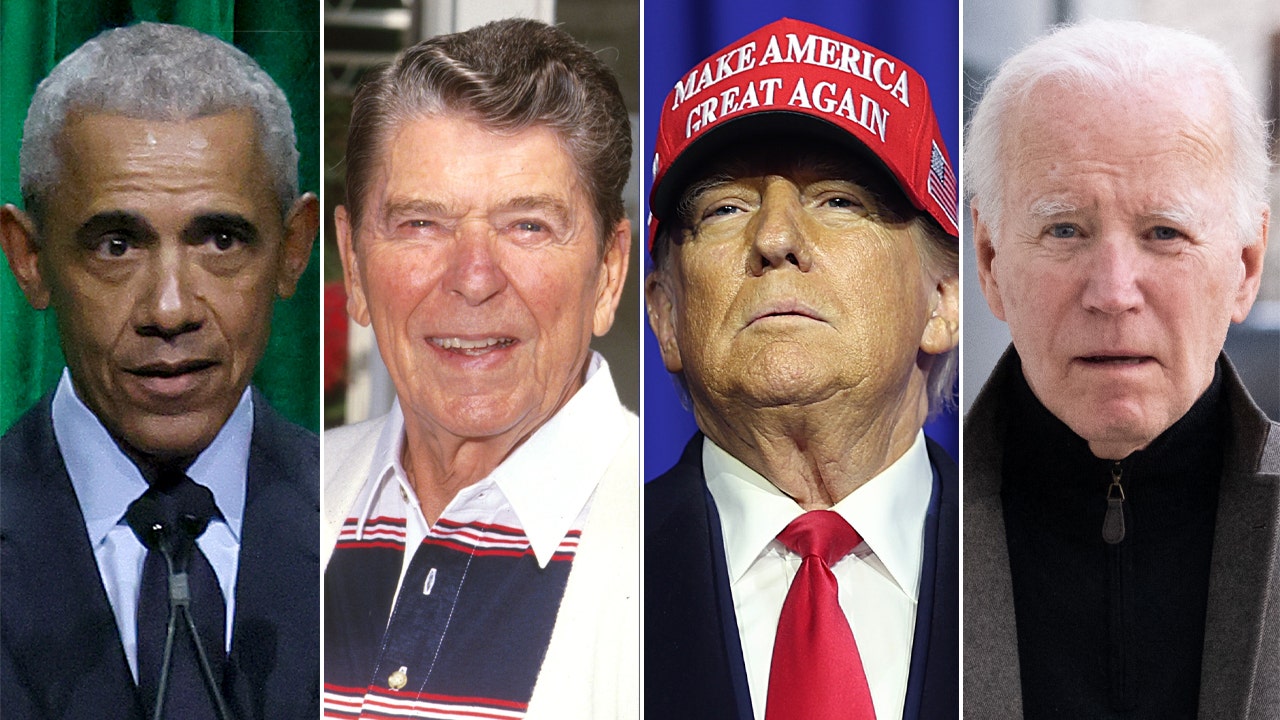Throughout history, the role of the presidency has been a pivotal force shaping nations, economies, and societies. Ranking presidents from best to worst is not just an academic exercise—it's a critical examination of leadership qualities, policies, and their lasting impact on the world. This article dives deep into the factors that define great leadership and evaluates U.S. presidents based on measurable criteria.
Leadership is not merely about charisma or popularity; it’s about making decisions that stand the test of time. As we explore the rankings of U.S. presidents, we will analyze how their actions influenced the nation during their tenure. This article aims to provide a balanced and data-driven perspective on presidential legacies.
By examining historical records, expert opinions, and public sentiment, this ranking offers insights into what makes a president effective or ineffective. Whether you're a history enthusiast, a political analyst, or simply curious about leadership, this article will equip you with the knowledge to understand the complexities of presidential performance.
Read also:Irvine Spectrum Movies Your Ultimate Guide To Entertainment
Table of Contents
- Biography of Key Presidents
- Criteria for Ranking Presidents
- Top Presidents: Defining Great Leadership
- Middle-Tier Presidents: A Mixed Legacy
- Bottom-Tier Presidents: Lessons in Failure
- Presidential Leadership Qualities
- Economic Impact of Presidential Policies
- Foreign Policy and Global Influence
- Historical Context: Why Context Matters
- Conclusion: Reflecting on Presidential Legacies
Biography of Key Presidents
Presidential Profiles: A Glimpse Into Their Lives
To fully understand the rankings, it’s essential to delve into the biographies of key presidents. Below is a table summarizing some of the most influential figures in U.S. history:
| Name | Term | Party | Notable Achievements |
|---|---|---|---|
| George Washington | 1789–1797 | None | Established the executive branch, set a precedent for peaceful transitions of power. |
| Abraham Lincoln | 1861–1865 | Republican | Abolished slavery, preserved the Union during the Civil War. |
| Franklin D. Roosevelt | 1933–1945 | Democratic | Guided the nation through the Great Depression and World War II. |
Criteria for Ranking Presidents
Defining the Metrics of Success
Ranking presidents requires a systematic approach. Below are the key criteria used to evaluate each president:
- Leadership Skills: How effectively did they lead during crises?
- Economic Policies: Did their policies foster economic growth or stability?
- Foreign Policy: How did they manage international relations?
- Moral Leadership: Did they uphold ethical standards and promote justice?
Top Presidents: Defining Great Leadership
George Washington: The Father of the Nation
George Washington is often regarded as one of the greatest presidents. His leadership during the Revolutionary War and his role in establishing the U.S. government set a precedent for future leaders. Washington’s decision to step down after two terms reinforced the principle of democratic governance.
Abraham Lincoln: The Great Emancipator
Abraham Lincoln’s leadership during the Civil War and his commitment to ending slavery cemented his place as a top-tier president. His Gettysburg Address remains a timeless reminder of the values of democracy and equality.
Middle-Tier Presidents: A Mixed Legacy
John F. Kennedy: Visionary but Short-Term
John F. Kennedy’s presidency was marked by both successes and controversies. While his vision for space exploration and civil rights was inspiring, his tenure was cut short by assassination, leaving his legacy incomplete.
Bill Clinton: Economic Growth Amid Scandal
Bill Clinton presided over a period of significant economic growth. However, his presidency was marred by scandals, including impeachment proceedings, which tarnished his legacy.
Read also:Bamyan Kabobs A Culinary Journey Through Flavorful Afghan Cuisine
Bottom-Tier Presidents: Lessons in Failure
James Buchanan: Failure to Prevent Civil War
James Buchanan is often criticized for his inability to address the growing tensions that led to the Civil War. His inaction during a critical period in American history ranks him among the worst presidents.
Warren G. Harding: Corruption and Scandal
Warren G. Harding’s presidency was plagued by corruption and scandal. The Teapot Dome scandal remains one of the most infamous episodes in American political history.
Presidential Leadership Qualities
What Makes a Great Leader?
Great presidential leadership involves a combination of vision, integrity, and adaptability. Presidents who excel in these areas are more likely to leave a lasting positive impact on the nation.
Economic Impact of Presidential Policies
From Prosperity to Recession
The economic policies of presidents have varied widely. While some, like Franklin D. Roosevelt, implemented policies that helped the nation recover from economic downturns, others have been criticized for policies that led to recessions or stagnation.
Foreign Policy and Global Influence
Shaping the World Order
Presidential foreign policy decisions have had a profound impact on global affairs. From Woodrow Wilson’s vision for a League of Nations to Barack Obama’s efforts to improve relations with Cuba, each president has contributed to shaping the world order in unique ways.
Historical Context: Why Context Matters
Understanding the Times
It’s important to evaluate presidents within the context of their times. What might seem like a failure in hindsight could have been the best decision given the circumstances. Understanding historical context provides a more nuanced view of presidential performance.
Conclusion: Reflecting on Presidential Legacies
In conclusion, ranking presidents from best to worst is a complex task that requires careful consideration of multiple factors. While some presidents stand out for their visionary leadership and lasting impact, others serve as cautionary tales of what can go wrong when leadership fails.
We invite you to share your thoughts on this ranking. Do you agree with the assessments? Are there any presidents you believe deserve a different ranking? Leave a comment below and join the conversation. Additionally, explore other articles on our site to deepen your understanding of leadership and history.
Data and references for this article come from reputable sources such as the American Presidency Project and the History Channel. These sources ensure the accuracy and reliability of the information presented.



